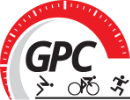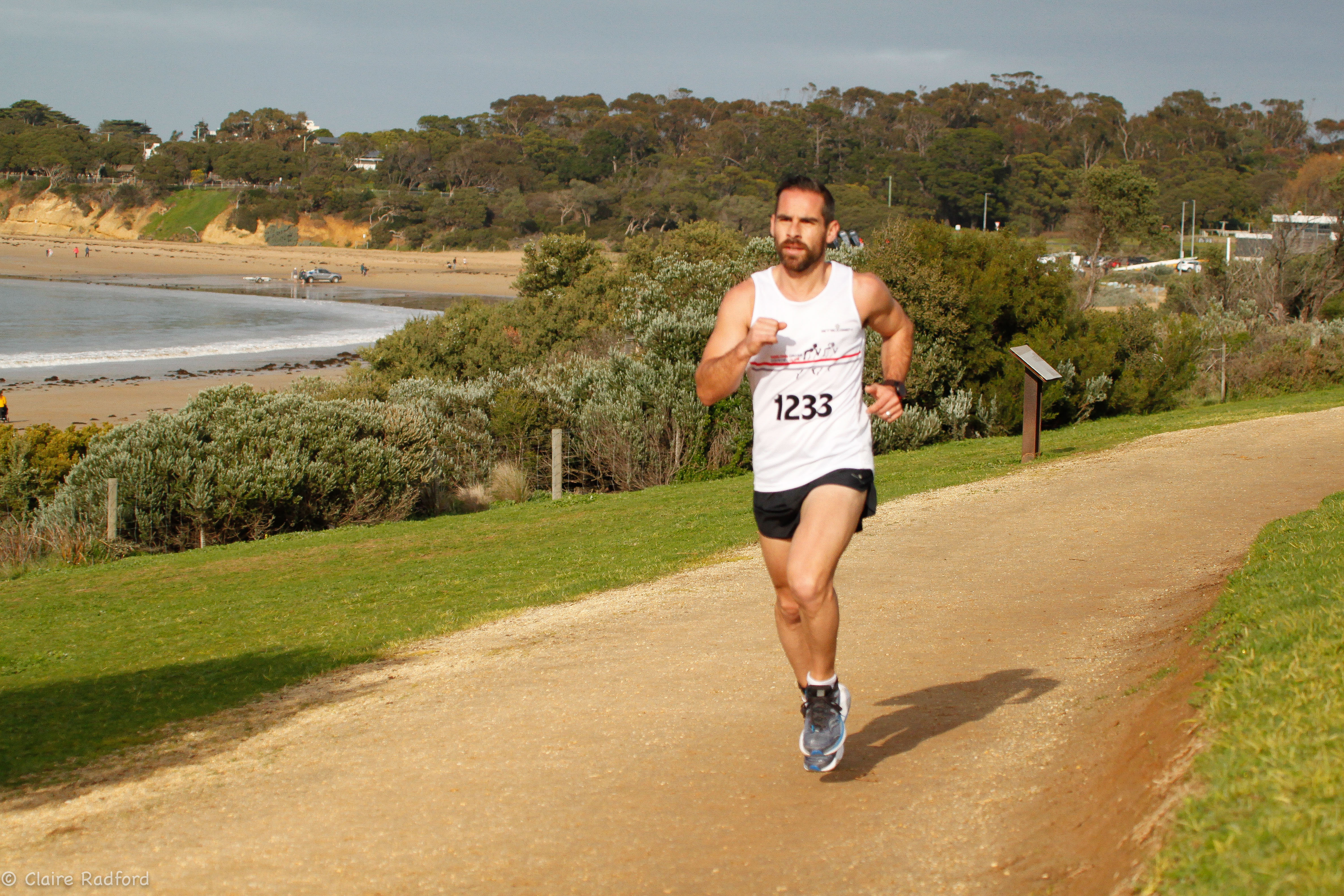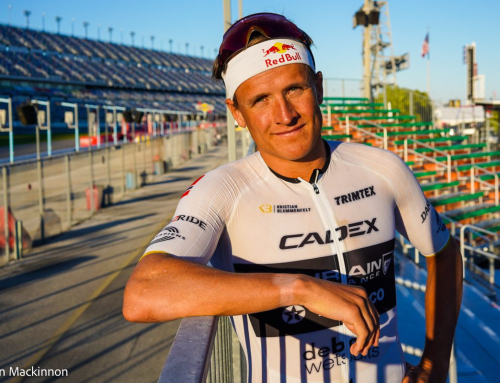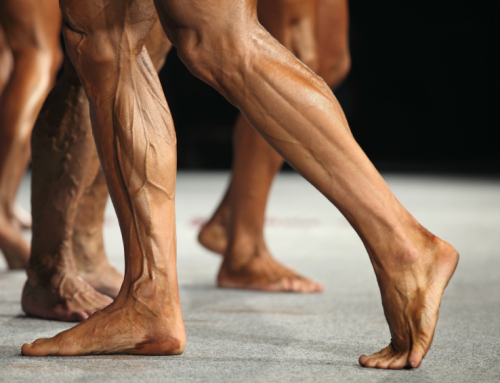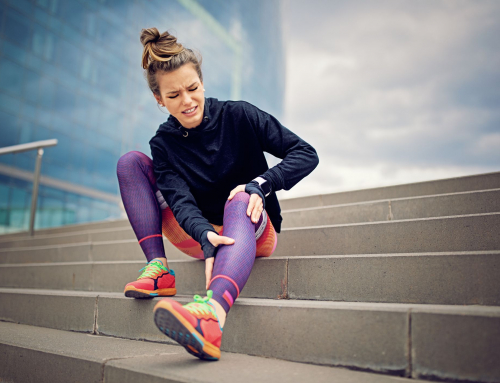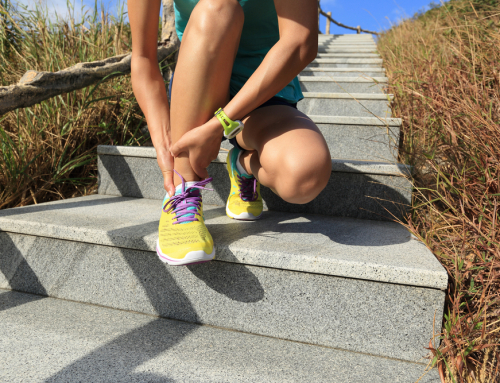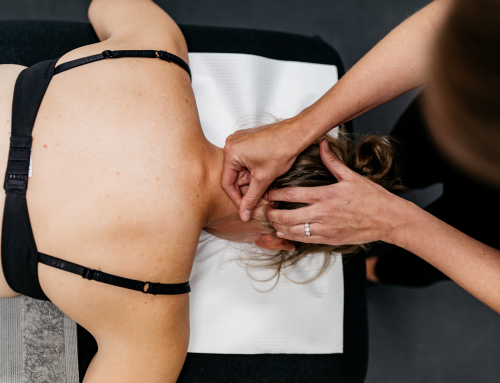The Injury Clinic: Alter G & Loading
With reference to exercise and rehabilitation, load simply refers to any stress put on the body and our tissues. Adding load to injured areas of the body is vital for optimal rehabilitation and tissue regeneration. However, as excessive load is often a major contributor to injury, finding a balance between having sufficient load to aid recovery, but not too much load to worsen symptoms is often the case.
Altering bodyweight can be done by switching between single and double limb weight bearing, but the specifics of exact load amount and the ability to use incremental progressions is limited with this approach. Therefore, effective loading and load management has greater effectiveness when done with the use of an antigravity Alter G treadmill. Tissues can be progressively loaded in an environment specific to the task (i.e. running). This enables us to make safe decisions in regards to return to sport and load progression, and ensure that we are conditioning tissues specific to the demands that will be placed on them.
With the use of the Alter G, specific load changes can be made at a percentage of the users bodyweight. Often this means finding a level where running, walking or completing static exercises can be done pain free (e.g. 60% of total bodyweight). As the affected tissues begin to adapt and start building a tolerance to this new load, increments can then be made (5%, 10% etc.) working toward returning back to 100% bodyweight, this is often the point to transition back to overground exercise. This means that highly specific load changes can be made, giving you access to a well structured rehabilitation program, allowing optimal tissue recovery.
Load management and rehabilitation programming using the Alter G is beneficial for, but not limited to the following presentations…
Bone Related Stress
-
Wolff’s law – ‘Bone develops the structure most suited to resist the forces acting upon it’
-
In areas of affected bone tissue and bone microtrauma, remodelling and reabsorption of essential bone minerals can be achieved when under appropriate load.
-
Bone undergoes significant changes throughout various life stages, progressive load can assist the recovery of bone mass and bone mineral density
E.g. stress reactions / stress fractures, osteoporosis
Muscle
-
Following muscle injury ‘pain inhibition’ may occur causing the muscle
to function to a lesser capacity. -
Early mobilisation at altered body weight may help to minimise muscle atrophy and improve orientation of healing muscle fibres.
-
Past this, progressive loading can be used to control scar tissue and prevent muscle adhesions
E.g. Muscle strains, muscle weakness post injury / surgery
Cartilage
-
Cartilage provides the contact surfaces been bones for the major joints in our body.
-
Changes in tissue matrix with cartilage is often blamed on ‘wear and tear’, however cartilage thinning and tissue softening can also be caused by joint immobilisation, non use and non-weight bearing.
-
Moderate exercise is beneficial in maintaining homeostatic within cartilage, resulting in reduced pain.
E.g. Osteoarthritis (knee, hip, ankle etc), osteocondritis
Tendons
-
Tendon unloading / complete rest has been shown to be non-advantageous in the rehabilitation of tendon injury and overuse.
-
Optimised tendon loading leads to tendon matrix changes and protein synthesis within the tendon, necessary for recovery.
E.g. Tendon rupture, tendinopathy,
Neurophysiology
-
Neuroplasticity is the term given to changes made between the central and peripheral nervous system that relay messages for movement.
-
Neuroplastic changes can be improved when walking at partial body on an Alter G treadmill.
-
Balance, endurance, speed and step length have been shown to all improve with use of anti gravity walking.
E.g. Parkinson’s disease, multiple sclerosis, lumbar radiculopathy.
Orthopedic or Post Surgery
-
Early mobilisation following orthopedic surgery is highly encouraged, and has huge benefits in rehabilitation and prevention of post surgical complications.
-
Partial body weight exercises and walking on an antigravity treadmill following surgery can assist with tissue recovery, help to manage pain with exercise and begin to normalise gait patterns.
E.g. Joint replacement (knee, hip, ankle), ACL reconstruction
Running
-
Many injuries with relevance to running have been previously discussed, however additional benefits from altered loading can be had with respect to running.
-
The best way to remodel injured tissues for running is to do the task itself. Having these tissues perform the specific task we want them to do allows for greater rehabilitation specificity.
-
Gait metrics and data collected whilst running is great to assist with injury management and running retraining. Information collected includes; step rate, step length and ground contact time.
-
You don’t have to be injured to use the Alter G – running at lesser body weight can be a great injury prevention tool for those with high training loads. Performing some runs at lesser body weight can help manage associated loads and decrease risk of overload.
